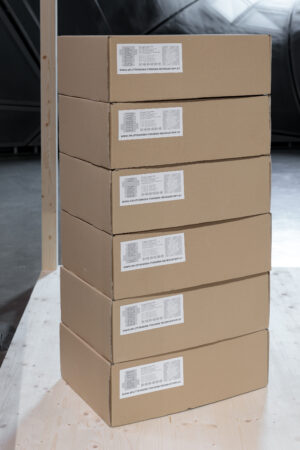The experimental architectural study The Living Arch combines biology, technology and design in the quest for healthy and comfort-able spaces. It demonstrates the only partially explored potential of microorganisms to create a sustainable cycle. A mycelium structure grows in a 3D-printed clay-based frame that seeks to transfer this potential to a built environment. Mycelial threads grow within the fragile and porous support structure from which they generate chitin, statically strengthening it in the process. The mycelium acts as a thermal and acoustic insulation layer and, while it is growing, creates a healthy microbial climate, depending on influences such as temperature, humidity and spore type. In the HIVEOPOLIS project, this ‘architecture of well-being’ benefits honey bees – taken further, it could become part of human habitats.
The Living Arch. A Study Model for a Novel Wellbeing Architecture for Honeybees, seit 2020
Asya Ilgün
Project partners: Artificial Life Lab/Institute of Biology/University of
Graz, Institute of Architecture and Media/Graz University of Technology, HIVEOPOLIS
Funded by EU Horizon 2020 FET Programme








